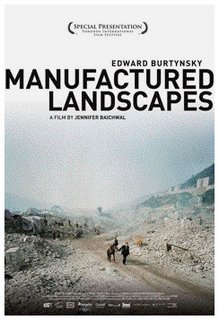Can we make our studio's like these?
Nissan's Artful Surroundings
Luce et Studio design for the car company’s styling and design studios is big enough to accommodate the cars -- and intimate enough for creative collaboration
By John GendallFor Nissan's design studio in La Jolla, Calif., and its styling studio in Detroit, Mich., Luce et Studio conceived facilities whose architecture not only reflects the car company's high design priority, but also features an open plan to encourage communication among designers without compromising privacy.
Because of the intense competition in this industry, automotive design facilities must be private and secure, but that often results in buildings of what Jennifer Luce calls “antiseptic architecture.” The San Diego-based architect set out to redefine automotive design architecture with the 25,000 sq.-ft. interior renovation and 9,000 sq.-ft. expansion of the studio in California, and the new, 45,000 sq.-ft. facility in Michigan.
The BW/AR jury noted that the facilities “maintain a design studio feeling with the capacity to build large mock-ups, a variety of design environments with both indoor and outdoor areas.”
* This was a recent article found on BusinessWeek's website http://www.businessweek.com











